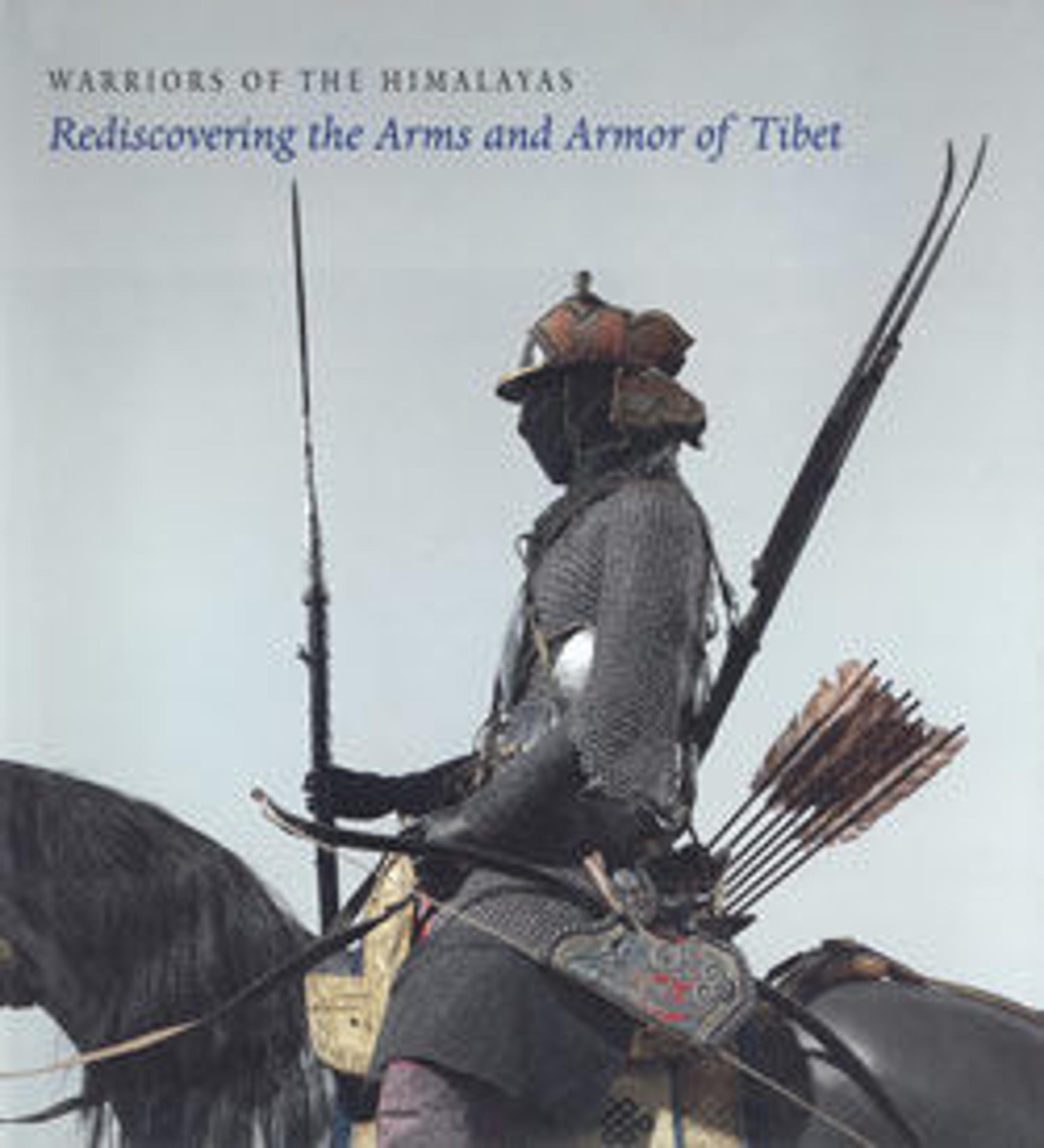The Wrathful Protector Mahakala, Tantric Protective Form of Avalokiteshvara
The ferocious aspect of the bodhisattva Avalokiteshvara, Mahakala is shown in a flaming aureole, his six hands holding his horrific ritual implements. Attending Mahakala are four yaksha “ministers” in red and blue, and below they ride a bear and a horse and flank the protector goddess Palden Lhamo on her donkey. The celestial Buddha Amitabha presides, flanked by mahasiddhas and Gelugpa patriarchs. Thangkas at this scale often replaced damaged wall paintings. The inscription on the reverse reads in part: “The Great Protector, Mahakala, the fierce god who is inseparable from my Lama [to whom] I present this thangka of the Great Protector, whose true spirit is ever present in the precious painting. . . . . May you the Great Protector always be near us and help us to follow the path to righteousness.”
Artwork Details
- Title: The Wrathful Protector Mahakala, Tantric Protective Form of Avalokiteshvara
- Date: early 18th century
- Culture: Tibet
- Medium: Distemper on cloth
- Dimensions: Image: 47 5/8 × 73 1/8 in. (121 × 185.7 cm)
Mount (from yellow brocade outer edge to yellow brocade outer edge): 84 in. × 57 3/4 in. (213.4 × 146.7 cm)
Overall with mounting: 102 in. × 69 3/4 in. (255.9 × 177.2 cm) - Classification: Paintings
- Credit Line: Purchase, Florance Waterbury Bequest, 1969
- Object Number: 69.72
- Curatorial Department: Asian Art
More Artwork
Research Resources
The Met provides unparalleled resources for research and welcomes an international community of students and scholars. The Met's Open Access API is where creators and researchers can connect to the The Met collection. Open Access data and public domain images are available for unrestricted commercial and noncommercial use without permission or fee.
To request images under copyright and other restrictions, please use this Image Request form.
Feedback
We continue to research and examine historical and cultural context for objects in The Met collection. If you have comments or questions about this object record, please contact us using the form below. The Museum looks forward to receiving your comments.
